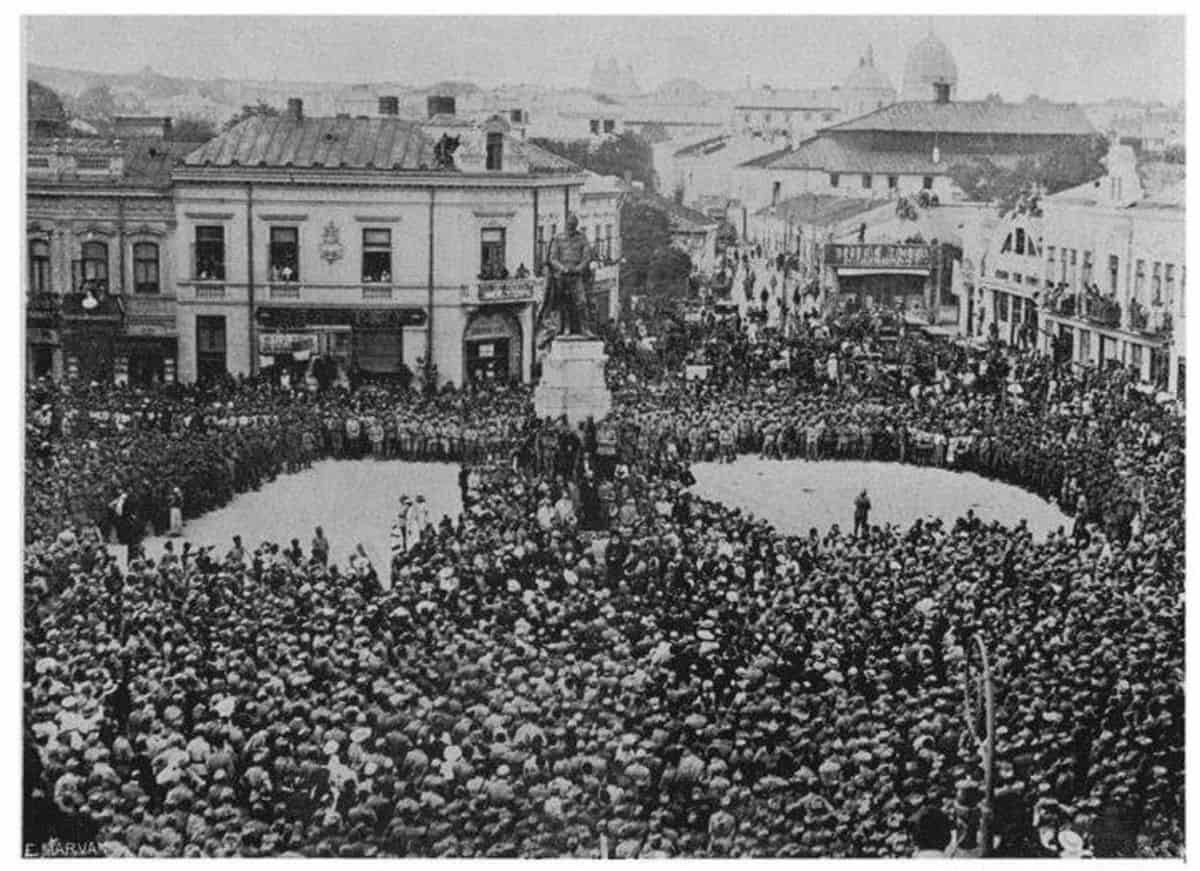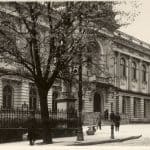As the name of Union Square was named, this market located in the heart of Iasi is easy to guess because the Romanian knows that here, on January 24, 1859, on the occasion of the union of Moldavia and Wallachia, the Hora Union was played. The Hora held even before it was officially that the one who had unanimously won the right to govern Moldavia and Wallachia was Colonel Al. I. Cuza. In fact, the statue of the prince Cuza is still in the center of the market, and it is proposed by the students from Iasi and intensely supported by the Moldavian boyars and by the great Iasi professors Nicolae Iorga and A.D. Xenopol. King Carol I himself subscribed for building the monument of his great predecessor with the sum of 20,000 lei, honored by the First Lord of the United Sister Countries, Moldova and the Romanian Country.
To achieve the statue of a historical personality such as Al. I. Cuza could only appeal to a sculptor, and that is why the work came to the Italian sculptor Raffaello Romanelli, an artist in vogue at that time. Flattened by the trust that had been given to him, Romanelli thoroughly documented that the statue of the great ruler would be “one of those works that an artist associates with his name for posterity.”



